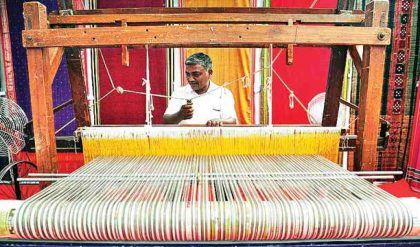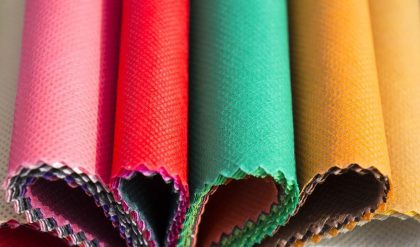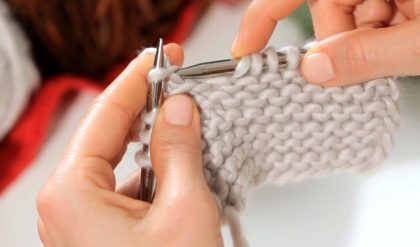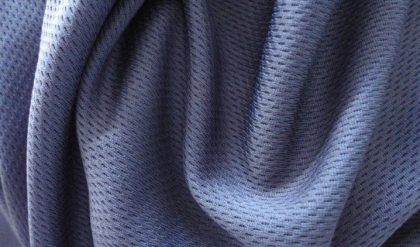Spinning is the process of drawing out and twisting of a group or bundles of fibres into a continuous thread or yarn of sufficient strength to be woven or knitted into fabrics. In the beginning the yarns were spun by mane with bare hands without the aid of any tool and it must have been many centuries before the spindle was evolved for spinning.
The spindle or “takli” still survives as a tool hand spinning wool, silk and cotton yarn. It is the simplest tool which consists of a round disc which is attached in the center to a thin, smooth rod about inches long. The upper end of the rod has a groove or a hook which bulk of the fibres, these are drawn out in a long stand. The spinner while simultaneously pulling the fibres, gives a twist to the spindle and let it go. The spindle whirl around and thus twisting up the pulled fibres makes a continuous thread. The thread is then woven round the rod above the disc.
The disc provides the necessary weight which quickens increases and prolonged the revolving of the rod, thereby the twisting of the fibre ensures a strong thread. Who does not know the “charka” in India. A charka is used for spinning yarn in the handloom industry in India. The yarn spun on the charkha is of various qualities.
The famous “Dacca Muslins” which were uncomparable for their fineness but alas are extinct now were woven of a charka yarn. The inimitable soft and light pashmina of Kashmir are still woven of the charkha spin yarn. Charkhas are of various types. In the textile industries today electrically driven machines are employed for spinning.
Several machines are used to complete the process of spinning, which consists of stages such as drawing out of fibre to reduce size and to give slight twist-roving and then spinning. There are two general methods of procedure. In one process, the action of drawing, twisting and winding is continuous and this is called ‘ring’ spinning and in the other, the drawing and twisting is stopped while the twisted thread is wound up (as in the case of hand spinning) and this is known as ‘mule spinning’.
The ring spinning is a quicker process and has the advantage of reducing operating cost and increase prodtion, but the mule spun is finer, softer and of greater evenness. In spinning yarns, whether by hand or machine a difference has to be made in the yarn intended for warp and weft or filling. The warp yarn needs a greater amount of twists to produce a strong firm thread which is used for the foundation of the fabric.
The yarn is given twists of specified number of turns per inch. At first, a continuous thread or a strand is made from fibres and several of these strands are twisted together to get a final yarn





